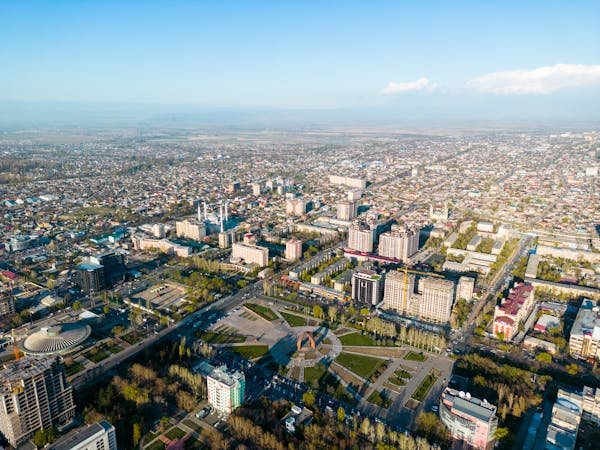Indonesia’s Ministry of Agrarian Affairs and Spatial Planning/National Land Agency is strengthening spatial regulations to support investment, particularly in Indonesia’s property sector.
Minister Nusron Wahid explained that the ministry is preparing a Government Regulation Draft on the National Spatial Plan, following Law Number 59 of 2024 on the National Long-Term Development Plan 2025-2045.
“The Government Regulation Draft on the National Spatial Plan will form the basis for national spatial regulations, expected to ease the entry of investments,” Nusron Wahid said in an interview with Infopublik.id on Thursday (31/10/2024).
As part of the Cabinet’s 100-Day Work Program, Nusron emphasized the importance of developing a Detailed Spatial Plan, integrated with the Online Single Submission (OSS) system to simplify processes for investors and businesses.
Nusron pointed out that spatial management is still fragmented, involving multiple stakeholders.
“When I served on Commission VI, I often heard complaints about slow processing of Spatial Utilization Activities documents. I’ve realized the root issue is the spatial planning authority remains with regional governments, many of which haven’t adopted online systems for spatial planning. Many areas lack of adequate spatial maps,” he shared, quoted by metrotvnews.com.
To prevent potential issues in cross-sector spatial management, Nusron stressed the importance of a unified macro spatial map.
“Overlap sometimes occurs because our macro zoning isn’t clear, with each ministry focusing on its own micro zones. The One Spatial Planning Policy concept is to unify a single spatial plan to clarify macro-level planning,” he explained.
This integration aims to accelerate the approval process for Spatial Utilization Activities, reducing cross-sector spatial data overlaps through the One Spatial Planning Policy.
Director General of Spatial Planning at the ministry, Dwi Hariyawan, stated that the One Spatial Planning Policy aims to create equitable, inclusive, and sustainable development.
Dwi Hariyawan also noted that spatial planning should foster safe, comfortable, and productive spaces through policies that ensure fair and sustainable resource utilization, accommodating diverse sectoral interests in regional development.
“The Ministry sees a need to transform spatial planning with the One Spatial Planning Policy, covering land, sea, air, and underground areas,” he said, as quoted by tvonenews.com.
This policy is expected to be realized nationally through the National Spatial Plan as a spatial framework to align national priority programs, infrastructure development, and environmental sustainability.
“National Spatial Plan serves as a national spatial policy reference for development and sectoral plans to realize Indonesia’s Vision 2045 and Astacita,” he concluded.
Accelerating the National Spatial Plan
Chairman of National Parliament’s Commission II, Muhammad Rifqinizamy Karsayuda, expressed support for the ministry’s efforts to expedite the national Spatial Plan preparation and OSS integration.
“We urge the Ministry to finalize the spatial plan at all provincial and district/city levels by the end of 2024, integrated with OSS,” Rifqinizamy said.
Through enhanced spatial regulation, online licensing integration, and the One Spatial Planning policy, the Ministry is committed to a spatial management approach that facilitates investment and promotes sustainable development in Indonesia. This strategy is also expected to encourage increased participation from local and foreign investors in Indonesia’s property sector.
Sources: metrotvnews.com, tvonenews.com
Image source: pexels.com


